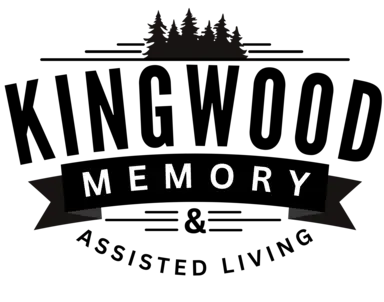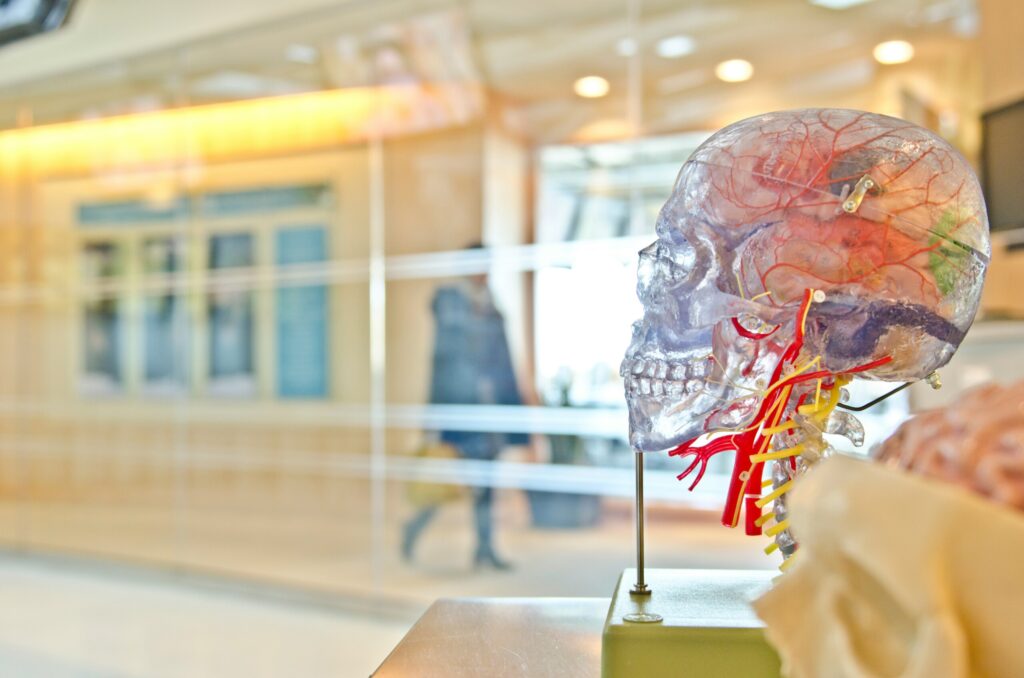CREUTZFELDT-JAKOB DISEASE: CLINICAL FEATURES, PATHOGENESIS, DIAGNOSIS, AND MANAGEMENT

Creutzfeldt-Jakob disease (CJD) is a rare, rapidly progressive, and invariably fatal neurodegenerative disorder characterized by the accumulation of misfolded prion proteins in the brain. Named after Hans Gerhard Creutzfeldt and Alfons Maria Jakob, the physicians who first described the condition in the early 20th century, CJD poses unique challenges for patients, caregivers, and healthcare professionals due to its enigmatic etiology, rapid clinical course, and devastating neurological manifestations. This comprehensive analysis aims to elucidate the clinical features, pathogenesis, diagnostic modalities, and management strategies for Creutzfeldt-Jakob disease, providing insights into this complex and often misunderstood condition.
Clinical Features
- Rapidly Progressive Dementia:
Creutzfeldt-Jakob disease typically presents with rapidly progressive dementia, characterized by cognitive decline, memory impairment, confusion, and behavioral changes. Individuals may exhibit personality changes, mood disturbances, and psychosis, often leading to social withdrawal, functional decline, and loss of independence.
- Neurological Manifestations:
Neurological manifestations of Creutzfeldt-Jakob disease include myoclonus, ataxia, pyramidal signs, and extrapyramidal symptoms, reflecting widespread brain involvement and neuronal dysfunction. Myoclonus, characterized by sudden, brief, involuntary muscle jerks, is a hallmark feature of CJD and may occur spontaneously or in response to external stimuli.
- Visual Disturbances:
Visual disturbances, such as visual hallucinations, blurred vision, and cortical blindness, may occur in advanced stages of Creutzfeldt-Jakob disease, reflecting cortical and subcortical involvement in the occipital and parietal lobes. Visual symptoms contribute to the diagnostic complexity of CJD and may mimic other neurological conditions, such as dementia with Lewy bodies or posterior cortical atrophy.
Pathogenesis
- Prion Protein Misfolding:
Creutzfeldt-Jakob disease is caused by the accumulation of misfolded prion proteins, known as prions, in the brain. Prions are abnormally folded isoforms of the cellular prion protein (PrPC), which undergo conformational change and convert into pathological conformers (PrPSc). PrPSc aggregates form amyloid plaques, disrupt cellular function, and induce neurodegeneration in affected brain regions.
- Prion Transmission:
Prion transmission can occur through various routes, including sporadic, genetic, and acquired forms of CJD. Sporadic CJD accounts for the majority of cases and arises spontaneously due to sporadic misfolding of prion proteins. Genetic mutations in the PRNP gene, encoding the prion protein, predispose individuals to familial forms of CJD, whereas acquired CJD may result from iatrogenic transmission, such as contaminated surgical instruments or corneal grafts, or exposure to bovine spongiform encephalopathy (BSE) prions through contaminated food products.
Diagnostic Modalities
- Clinical Evaluation:
The diagnosis of Creutzfeldt-Jakob disease is based on clinical evaluation, including detailed history-taking, neurological examination, and assessment of cognitive and motor function. Clinical criteria, such as the World Health Organization (WHO) criteria or the McKeith criteria, aid in the diagnosis and classification of CJD based on specific clinical features and disease course.
- Neuroimaging Studies:
Neuroimaging studies, such as magnetic resonance imaging (MRI) and electroencephalography (EEG), play a complementary role in the diagnosis of Creutzfeldt-Jakob disease, providing structural and functional information about brain abnormalities and electrographic changes. MRI may reveal characteristic findings, such as cortical ribboning, basal ganglia hyperintensities, and cortical and subcortical atrophy, while EEG may demonstrate periodic sharp wave complexes (PSWCs) or triphasic waves suggestive of CJD.
Management Strategies
- Supportive Care:
Supportive care is the mainstay of management for individuals with Creutzfeldt-Jakob disease, focusing on symptom management, comfort measures, and psychosocial support for patients and families. Palliative care services, including symptom control, pain management, and end-of-life care planning, help optimize quality of life and dignity in advanced stages of CJD.
- Investigational Therapies:
Investigational therapies, including experimental drugs, immunotherapies, and prion protein-targeted therapies, are under investigation for the treatment of Creutzfeldt-Jakob disease. Clinical trials aim to explore novel therapeutic approaches, such as monoclonal antibodies targeting pathological prion proteins, small molecule inhibitors of prion replication, and immunomodulatory agents, to slow disease progression or mitigate neurodegeneration in CJD.
- Infection Control Measures:
Infection control measures are essential for preventing iatrogenic transmission of prion diseases, including Creutzfeldt-Jakob disease, in healthcare settings. Sterilization of surgical instruments, implementation of stringent infection control protocols, and adherence to standard precautions reduce the risk of prion contamination and nosocomial transmission in hospitals and surgical centers.
Conclusion
In conclusion, Creutzfeldt-Jakob disease is a rare and devastating neurodegenerative disorder characterized by rapidly progressive dementia, neurological manifestations, and visual disturbances. Prion protein misfolding and accumulation in the brain underlie the pathogenesis of CJD, leading to widespread neurodegeneration and cognitive decline. Clinical evaluation, neuroimaging studies, and diagnostic criteria aid in the diagnosis of Creutzfeldt-Jakob disease, while supportive care, investigational therapies, and infection control measures play key roles in management and prevention. By advancing our understanding of the underlying mechanisms and developing innovative treatment strategies, healthcare professionals can improve outcomes and quality of life for individuals affected by Creutzfeldt-Jakob disease and their families.
Thank you for taking the time to explore Kingwood Memory Care & Assisted Living. We’re committed to providing compassionate and personalized care for individuals with memory-related challenges. If you have any questions or would like to learn more about our services, please don’t hesitate to reach out to us at 281.892.1400 or via email at info@kingwoodmemorycare.com. We’re here to support you and your loved ones on this journey.





